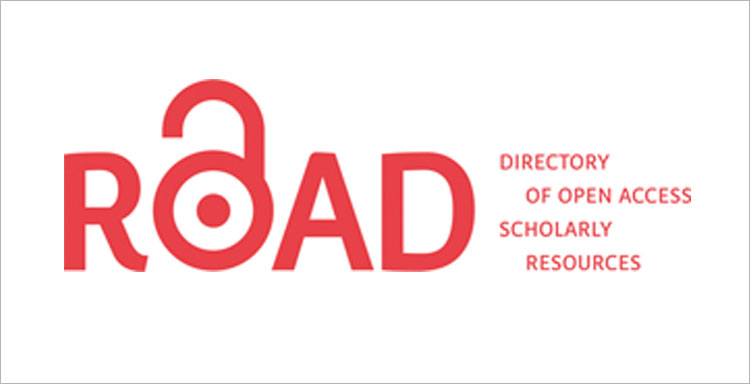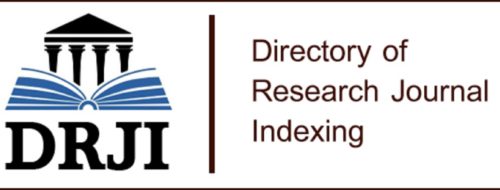Livestock production and its influence on the food chain
Keywords:
cattle, nutrition, market, meat products, final consumerAbstract
The current work presents a bibliographic review on livestock production and how it influences the food chain, since the increase in the world population has increased the demand for animal products, for which intensive production is required, because nowadays, Livestock producers are increasingly aware of the various factors that affect welfare, such as nutrition, environmental conditions, facilities, management, disease, transport and slaughter, as well as the market. The demand for products produced in accordance with animal welfare standards guarantees a safe and high-quality meat product for the final consumer. The environment plays an important role in the comfort of animals as part of their well-being. The feed must cover the nutritional requirements for each productive stage, to allow the maximum expression of animal genetics.
Keywords: cattle, nutrition, market, meat products, final consumer.
Downloads
References
Euromonitor. (2016). Fresh Food 2015: New Insights and System Refresher. Obtenido de https://www.susta.org/downloads/media/57D8987A-9CC7-4700-A68F-5BF511CAB8A5/Fresh_Food_2015_New_Insights_and_System_Refresher.pdf
Fischer, C., Garnett, T., & Plates, T. (2017). Pyramids and Planets: Developments in National Healthy and Sustainable Dietary Guidelines: A State of Play Assessment. FAO.
Gold, S., Hahn, R., & Seuring, S. (2013). Sustainable Supply Chain Management in “Base of the Pyramid” Food Projects: A Path to Triple Bottom Line Approaches for Multinationals? Obtenido de https://doi.org/10.1016/j.ibusrev.2012.12.006
Grosso, G., Fresán, U., Bes-Rastrollo, M., Marventano, S., & Galvano, F. (2020). Environmental impact of dietary choices: role of the Mediterranean and other dietary patterns in an Italian cohort. Obtenido de International journal of environmental research and public health, 17(5), 1468.: https://www.mdpi.com/1660-4601/17/5/1468/htm
Hospido, A., Milà, I., Canals, L., McLaren, S., Truninger, M., Edwards-Jones, G., & Clift, R. (2009). The Role of Seasonality in Lettuce Consumption: A Case Study of Environmental and Social Aspects. Obtenido de International Journal of Life Cycle Assessment, 14(5), 381-391: https://doi.org/10.1007/s11367-009-0091-7
Lorduy, I., Salinas, S., Ariza, M., & Martínez, L. (2018). Consideraciones acerca de la importancia de la logística integral en las empresas. Obtenido de Revista Saber, Ciencia y Libertad en Germinación, 11, 157-160.: https://www.unilibre.edu.co/cartagena/images/investigacion/Revista/scyl_ger/Revista_Saber_en_germinacion_2018.pdf#page=157
Parra, H., Del Campo, R., Estrada, E., & González, T. (2017). Biomarcadores conductuales de bovinos del sistema doble propósito. Obtenido de Revista MVZ Córdoba. 22(1):5761-5776: https://dialnet.unirioja.es/servlet/articulo?codigo=6130823
Soares, P., Almendra-Pegueros, R., Benítez, N., Fernández, T., Lozano, M., Valera, D., & Navarrete, E. (2020). Sistemas alimentarios sostenibles para una alimentación saludable. Obtenido de https://doi.org/10.14306/renhyd.24.2.1058
Tidy, M., Wang, X., & Hall, M. (2016). The Role of Supplier Relationship Management in Reducing Greenhouse Gas Emissions from Food Supply Chains: Supplier Engagement in the UK Supermarket Sector. Obtenido de Journal of Cleaner Production, 112, 3294-3305: https://doi.org/10.1016/j.jclepro.2015.10.065
Vilaboa-Arroniz, J., & Díaz-Rivera, P. (2009). Caracterización socioeconómica y tecnológica de los agroecosistemas con bovinos de doble propósito de la región del Papaloapan, Veracruz, México. . Obtenido de Tropical and Subtropical Agroecosystems, 10(1), 53-62.: https://www.redalyc.org/pdf/939/93911243005.pdf
Published
How to Cite
Issue
Section
License
Copyright (c) 2022 Revista de Ciencias Agropecuarias ALLPA. ISSN: 2600-5883.

This work is licensed under a Creative Commons Attribution-NonCommercial-ShareAlike 4.0 International License.


.jpg)










